11.11.2023
SpaceX to launch 90 payloads on Transporter-9 Falcon 9 mission from Vandenberg
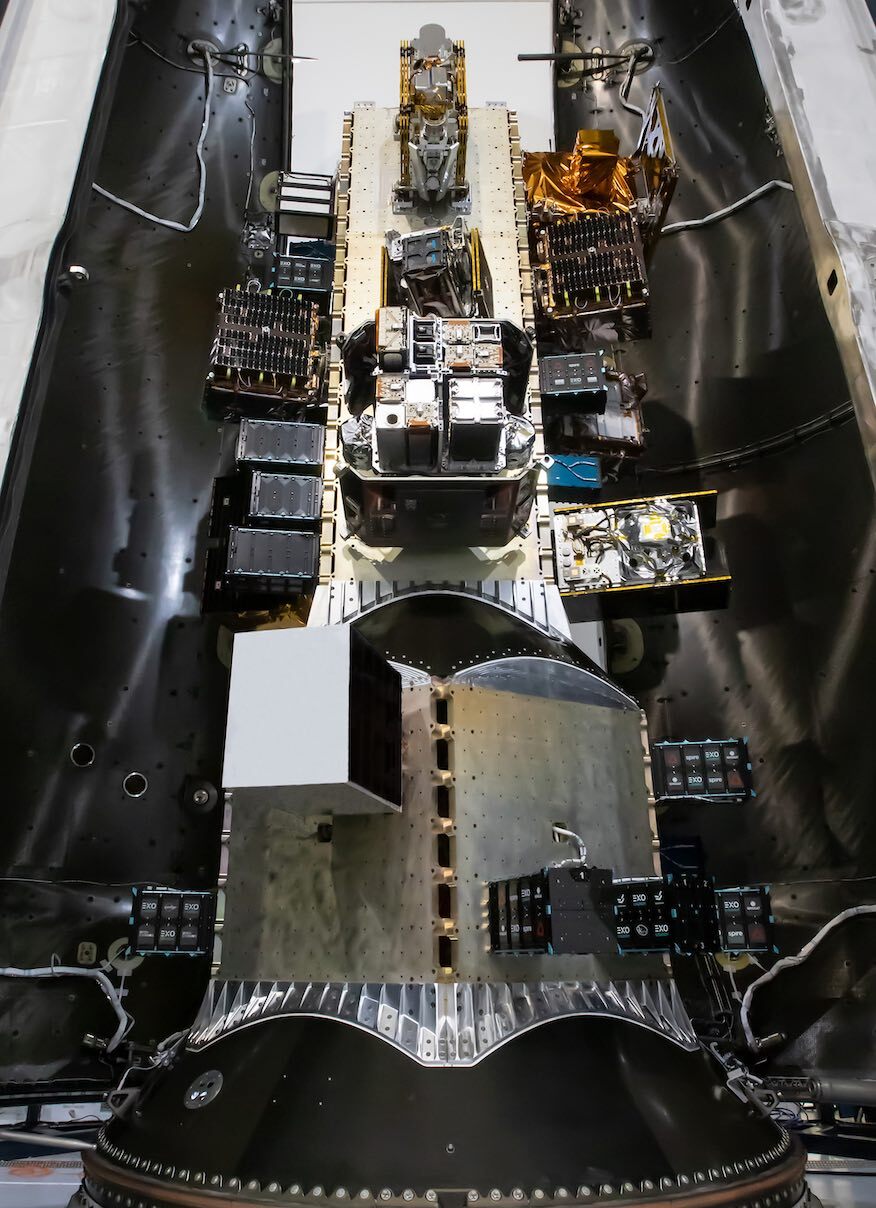
For the fourth time in 2023, SpaceX will launch a smallsat rideshare mission to low Earth orbit with a multitude of payloads. The Transporter-9 mission is set to launch during a 55-minute window starting at 10:49 a.m. PST (18:49 UTC) from Vandenberg Space Force Base in California.
SpaceX said the launch will include 113 payloads, 90 of which will be deployed directly from the Falcon 9 rocket. The other 23 satellites will deploy from orbital transfer vehicles at a later time.
The plurality of the payloads come from Earth observation company, Planet Labs PBC. The San Francisco-based company is sending up 36 more of its SuperDove satellites, which add to a roster of more than 500 currently on orbit. It’s also launching a technology demonstration satellite called “Pelican-1,” which will “host Planet’s next generation of imaging sensors, to be deployed as part of the Pelican and Tanager constellations.”
The mission comes at the end of a week where SpaceX launched a batch of Starlink satellites and a cargo resupply mission to the International Space Station. It also comes a day before the company prepares to launch two more satellites on behalf of Luxembourg-based satellite company, SES.
The Transporter-9 mission will lift off from Space Launch Complex 4 East (SLC-4E), after which, the first stage booster, tail number B1071, will return to VSFB for a touchdown at Landing Zone 4 (LZ-4).
This will be the 12th mission for B1071 after flying Transporter-8, two missions for the National Reconnaissance Office, NROL-87 and NROL-85, German radar-imaging satellite SARah-1, the NASA-French ocean research satellite SWOT, plus six Starlink delivery flights.
Earth observations and technology demonstrations
Starting just over 54 minutes into the mission, SpaceX will start deploying the rideshare payloads, starting with a batch of 11 payloads manifested by German company, Exolaunch.
First up will be one of three satellites from Canadian company, GHGSat: GHGSat-C9 “Juba.” It along with GHGSat-C10 “Vanguard” and GHGSat-11 “Elliot” were named after the children of company employees and are designed to monitor emissions. The company claims that GHGSat-10 will become “the world’s first commercial CO2 monitoring payload.”
Also onboard the flight is Djibouti-1A, a satellite designed to “transmit data by the meteorological station of the Djibouti Center for Study and Research (CERD) to the Missions Control Center located in Djibouti, and provide the necessary tools to keep track of the changes in water resources by providing country-wide, real-time data,” according to the publican Space in Africa.
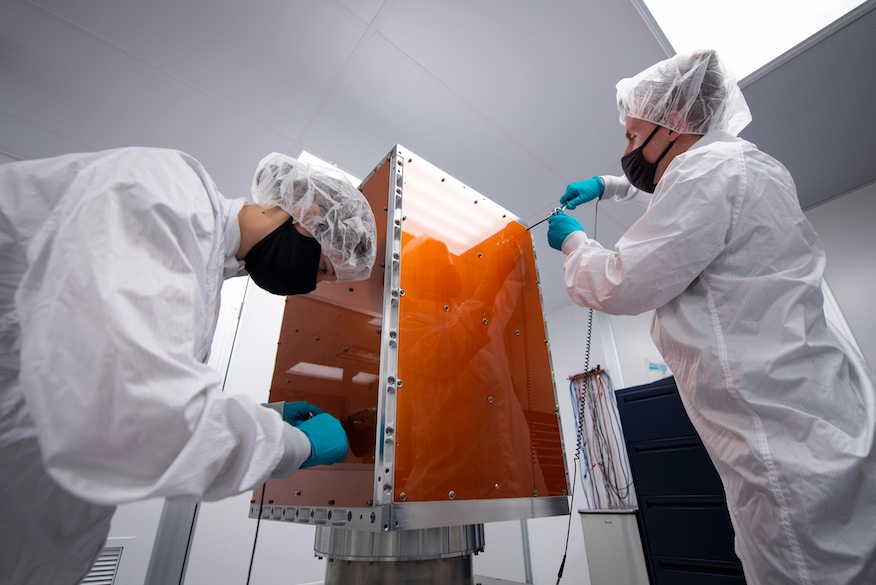
The final payload that will deploy nearly and hour-and-a-half into the mission is FalconSAT-X, a satellite developed by the U.S. Air Force Academy. The Air Force describes the FalconSAT program as “as an academic platform for an array of aerospace industry and Defense Department experiments.”
Quelle: SN
+++
Update: 21:30 MEZ
.
Start von SpaceX Falcon9 mit Transporter-9 Mission
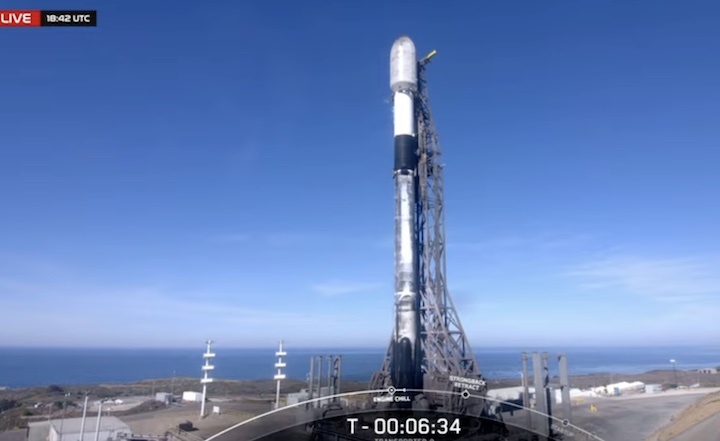
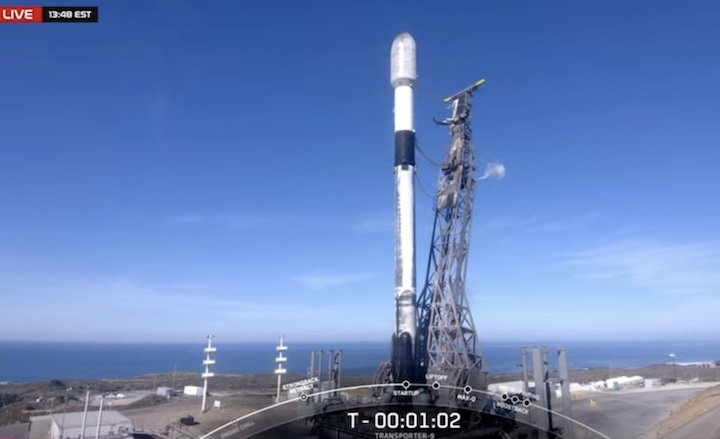
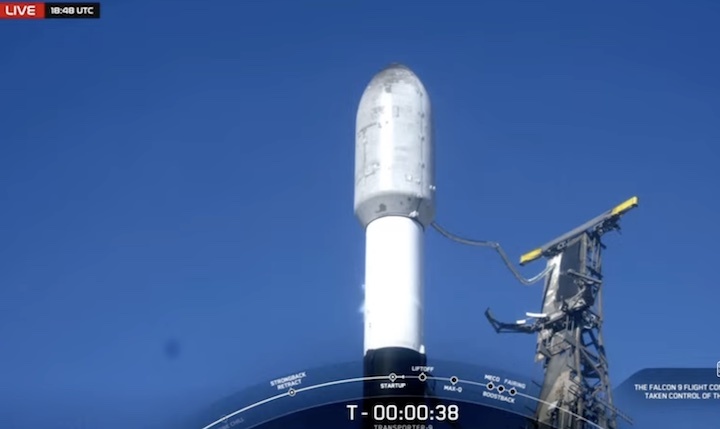
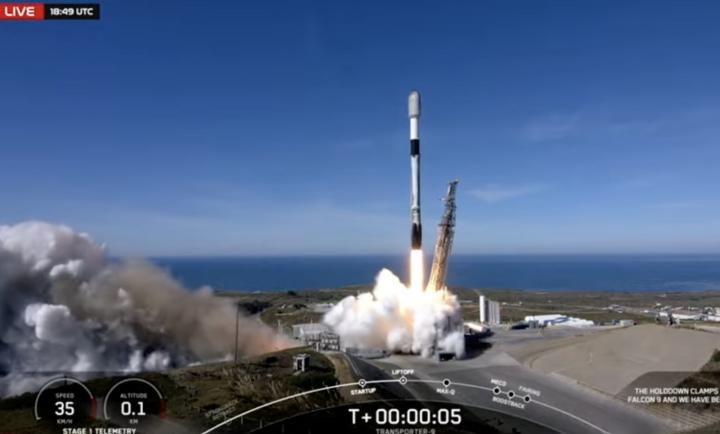
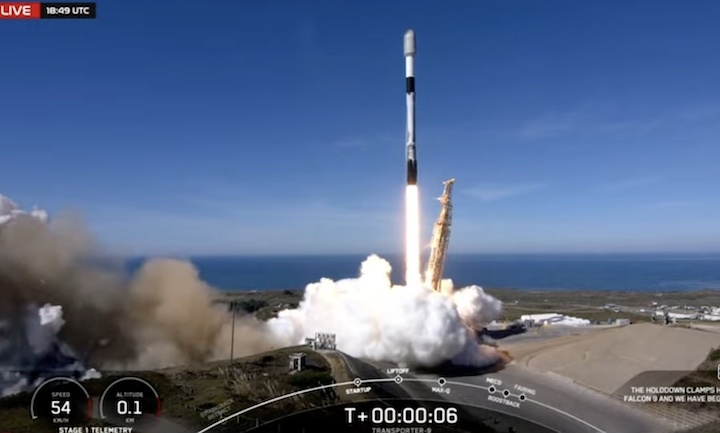
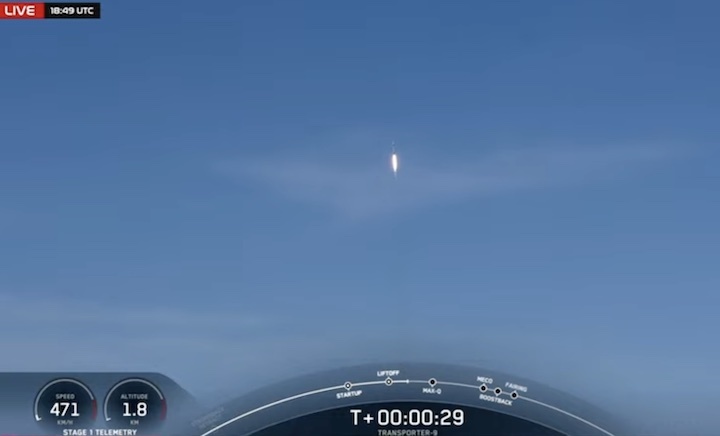
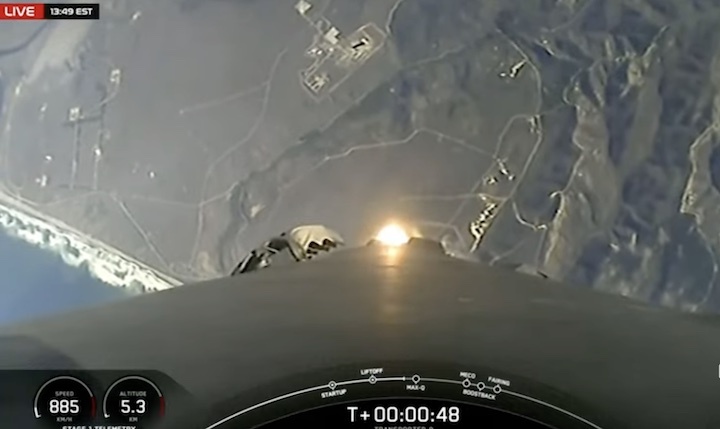
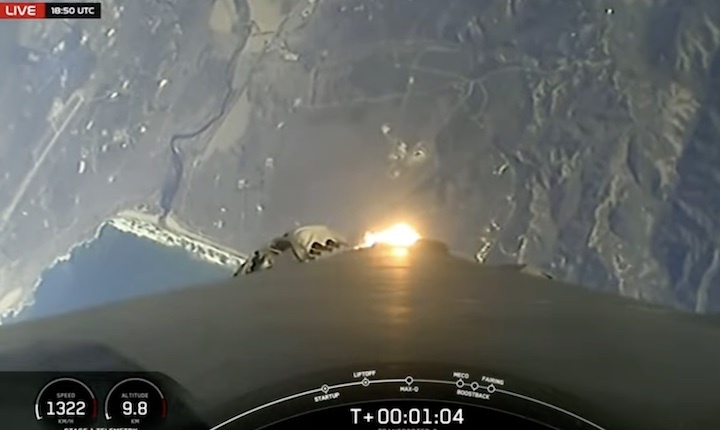
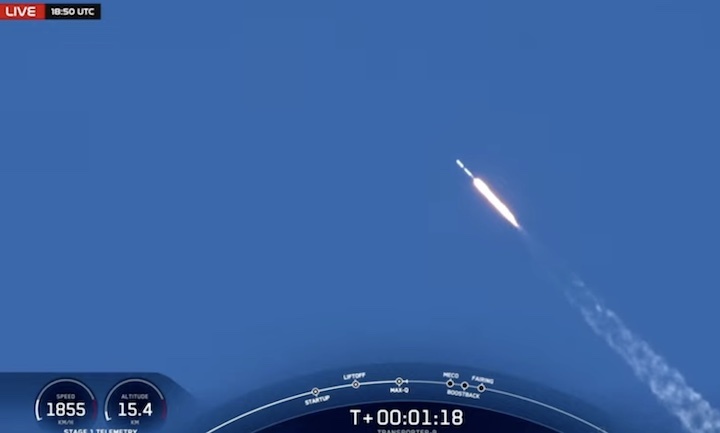
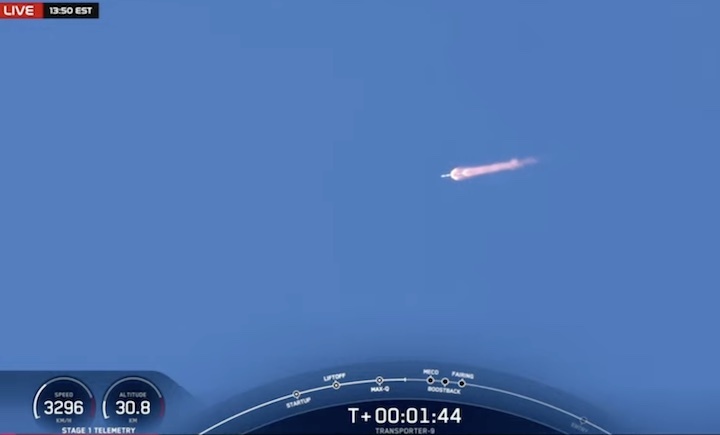
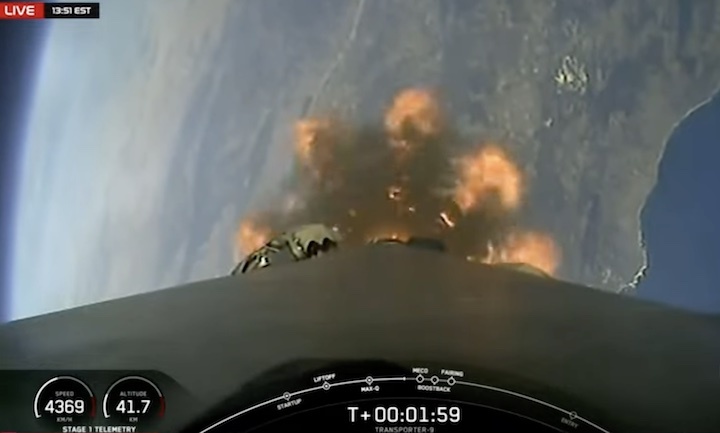
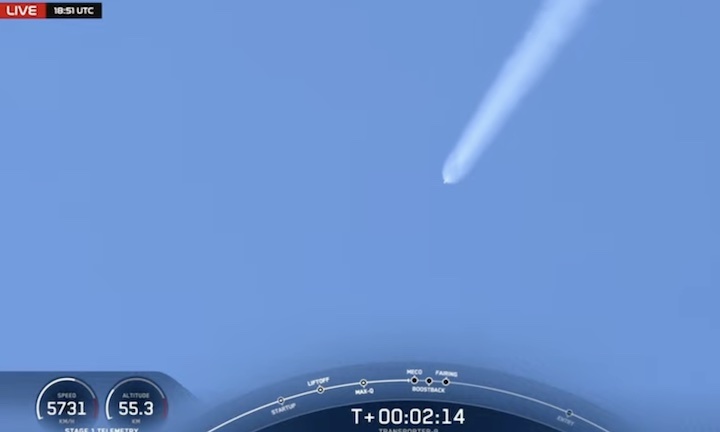
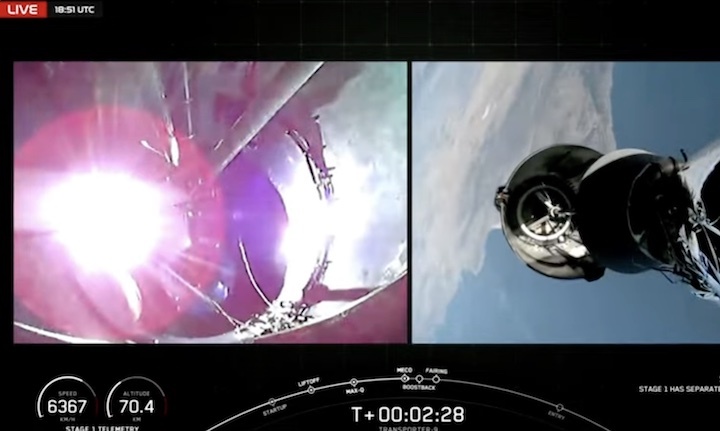
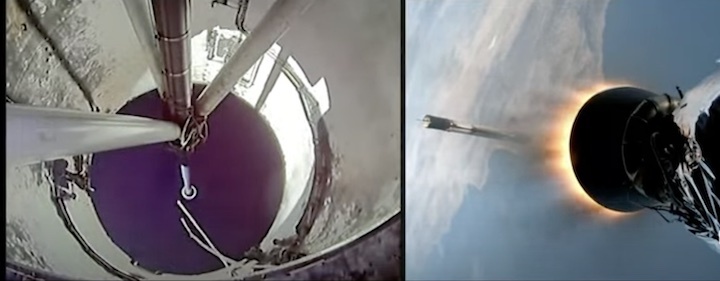
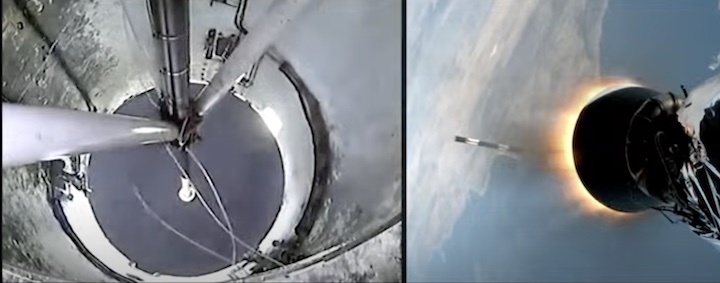
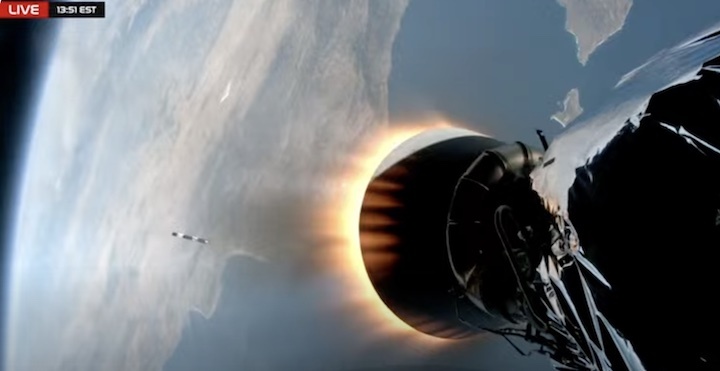
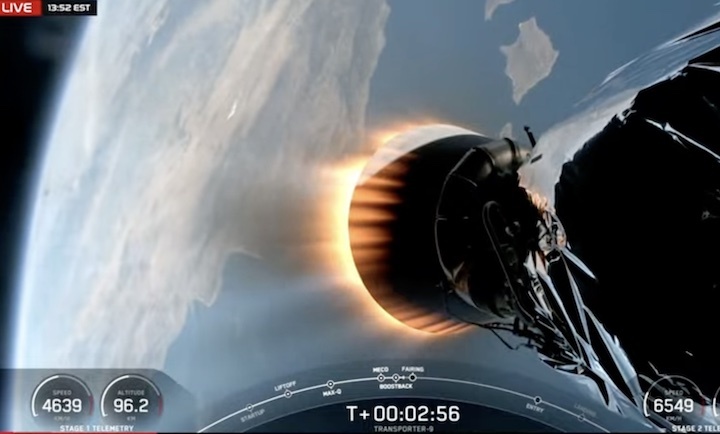
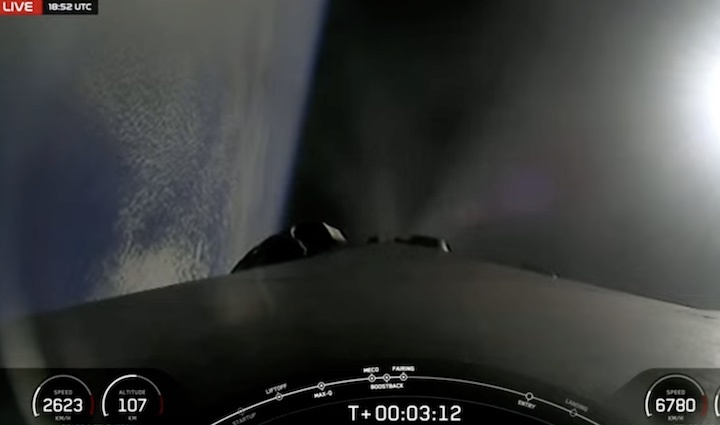
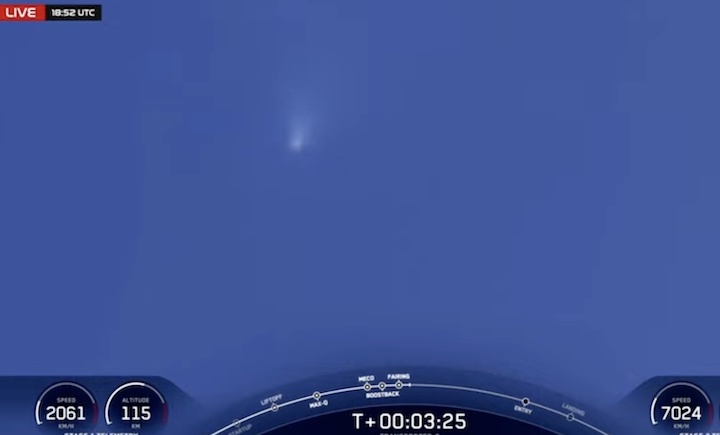
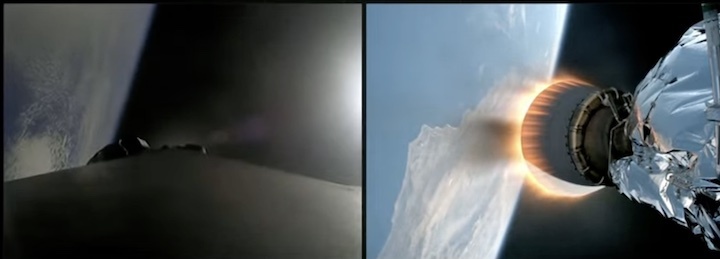
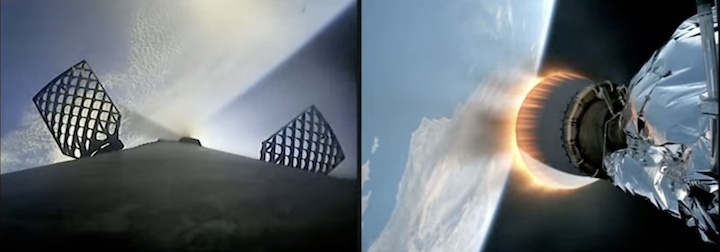
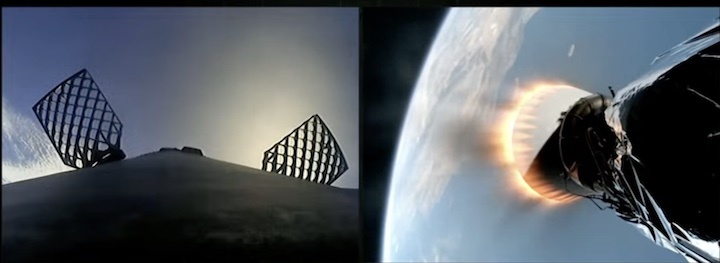
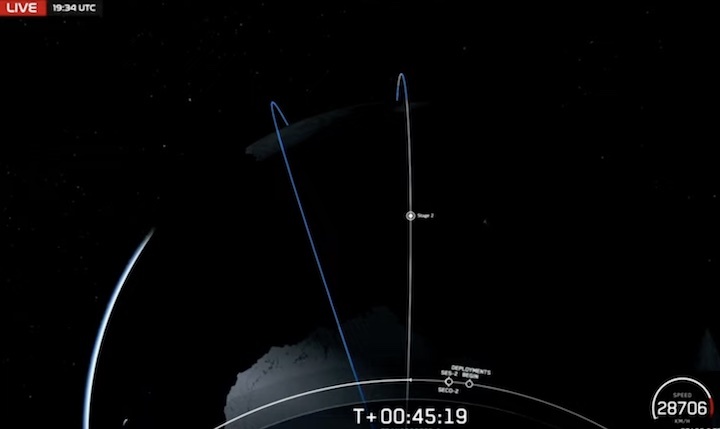
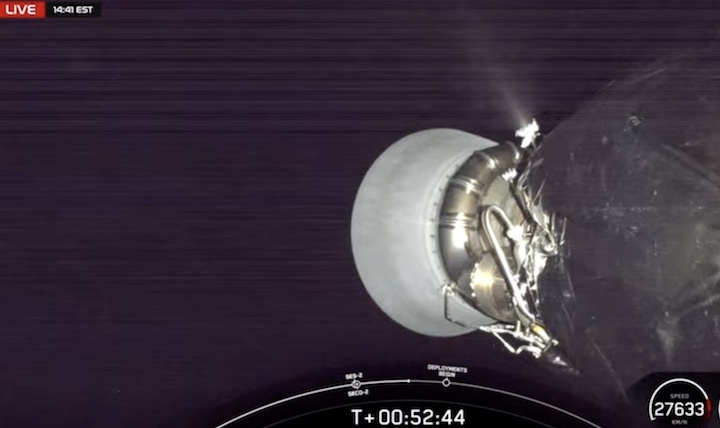
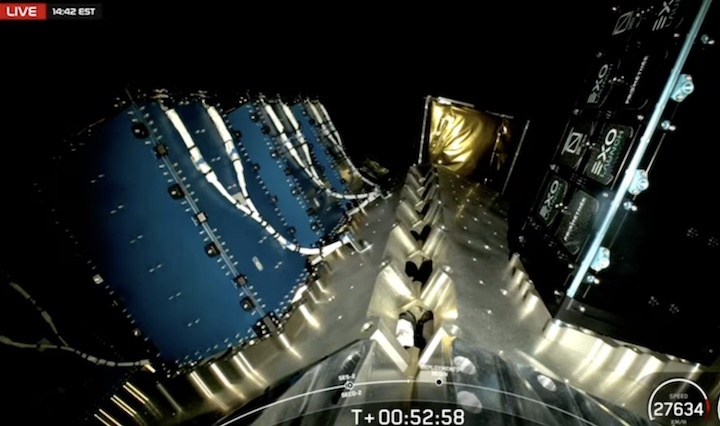
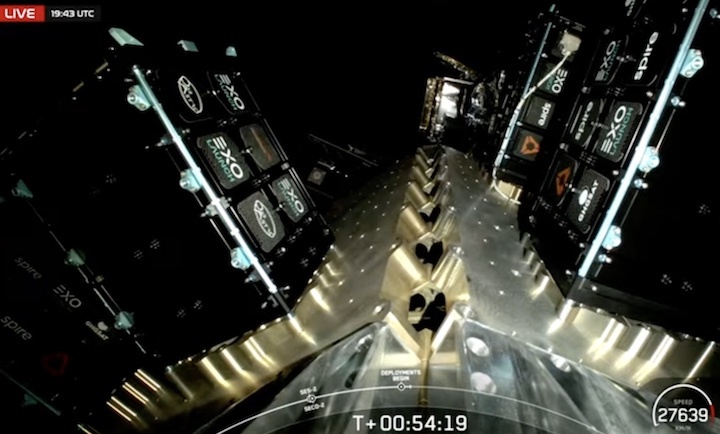
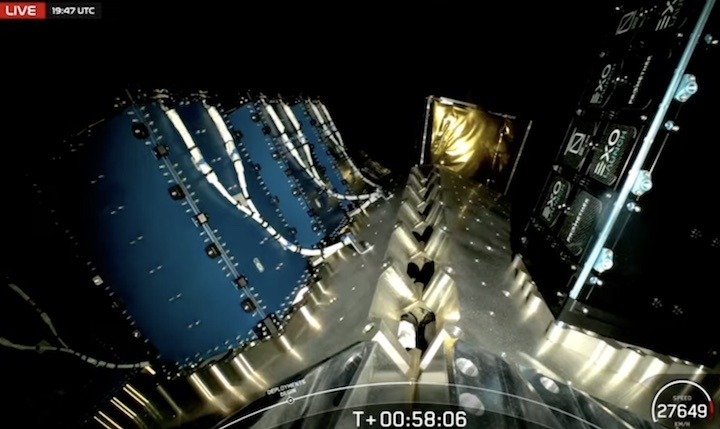
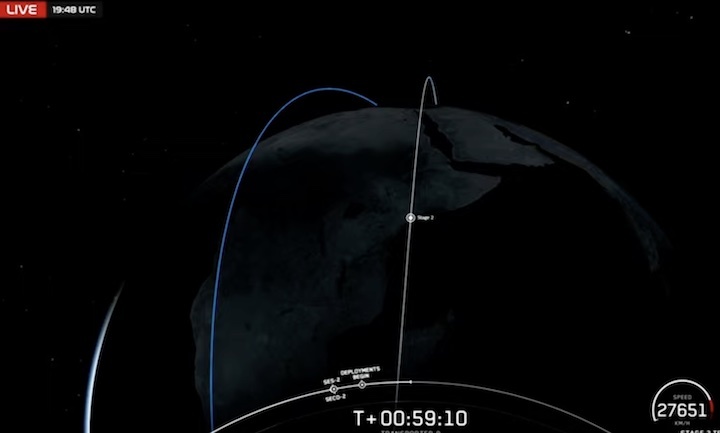
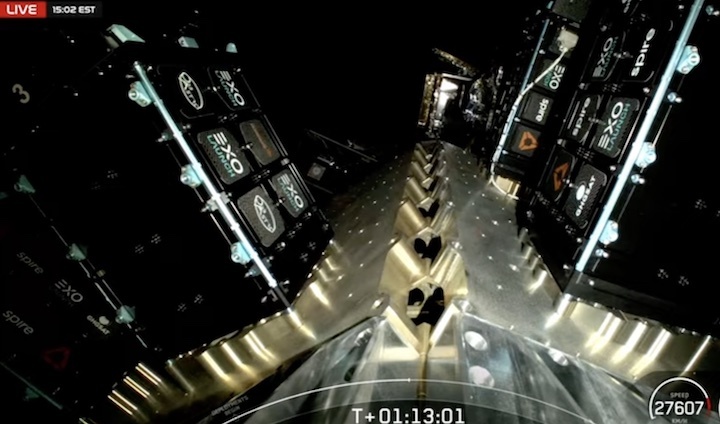
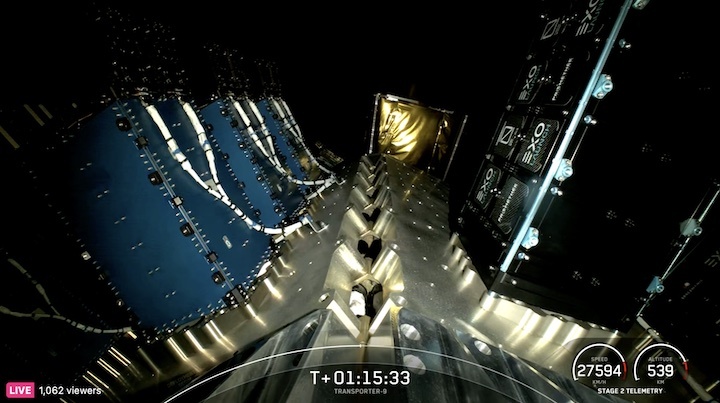
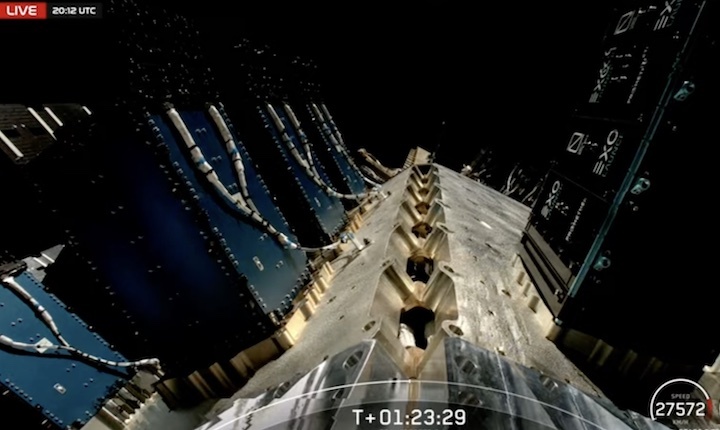
Quelle: SpaceX

